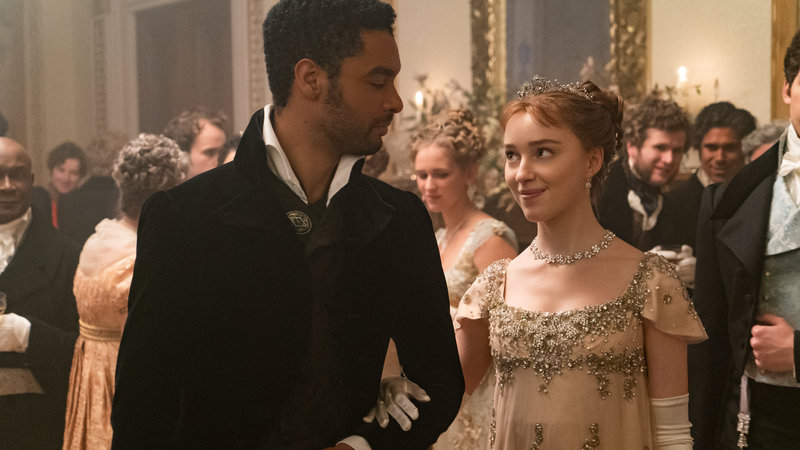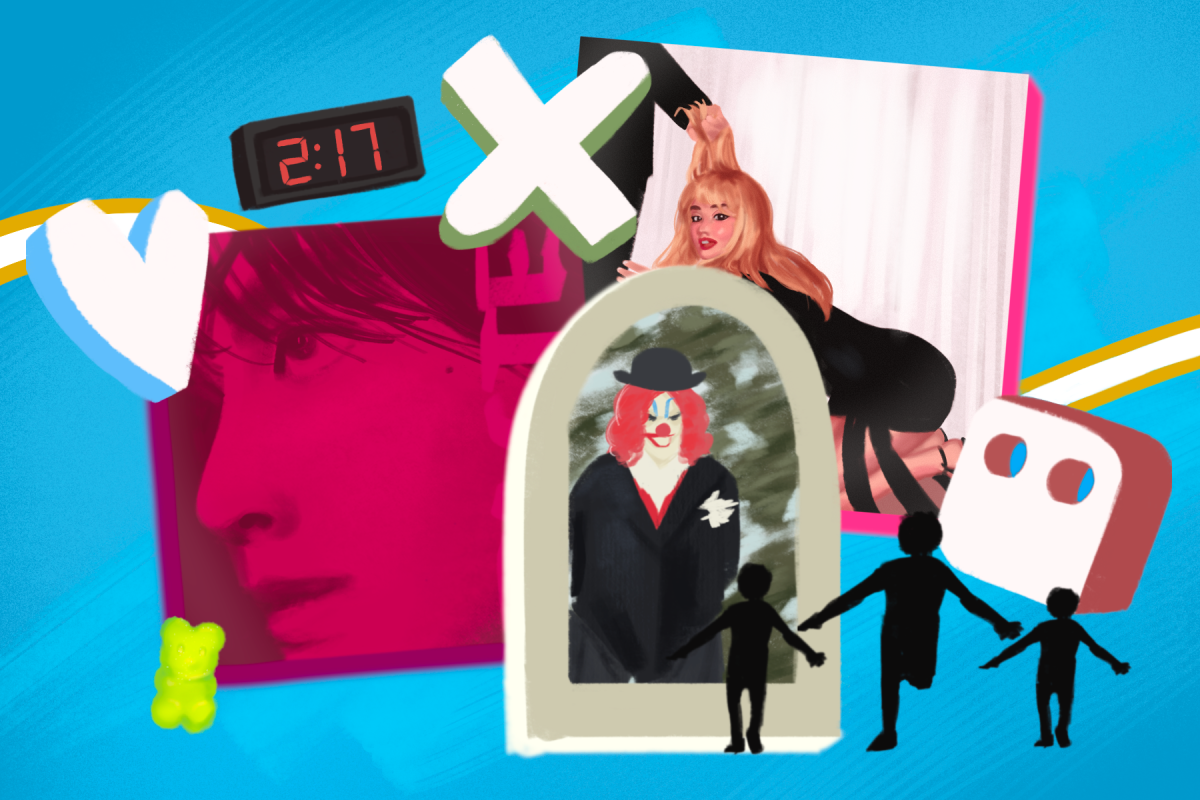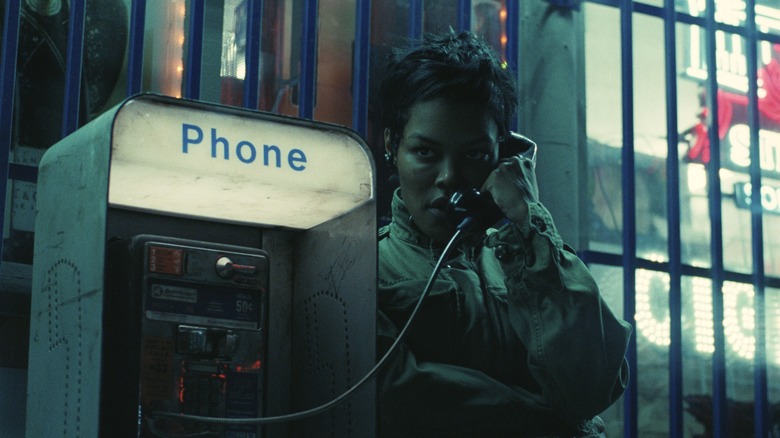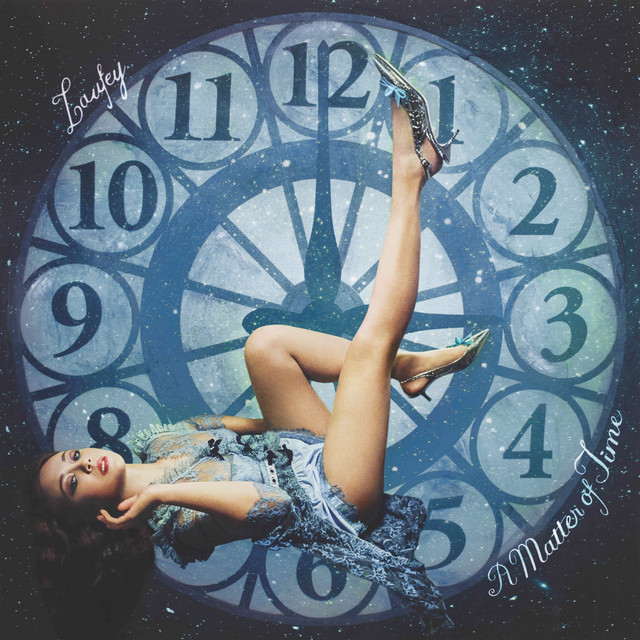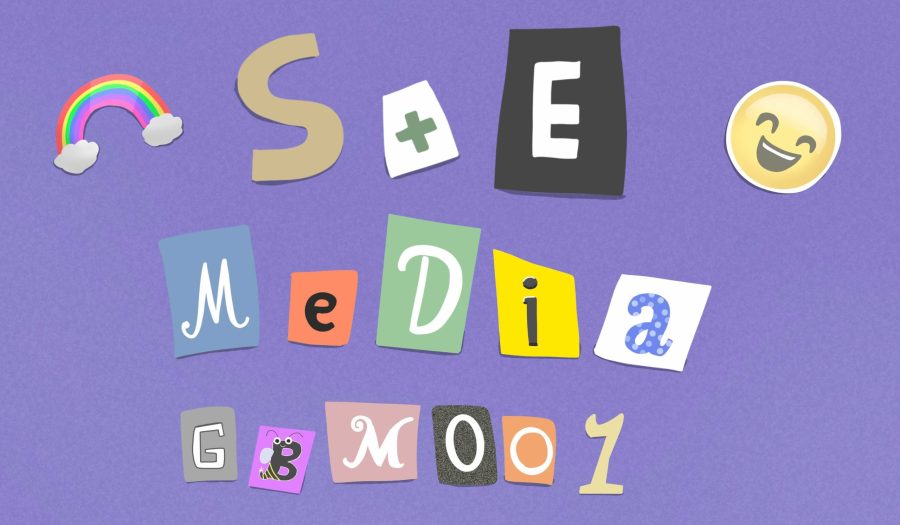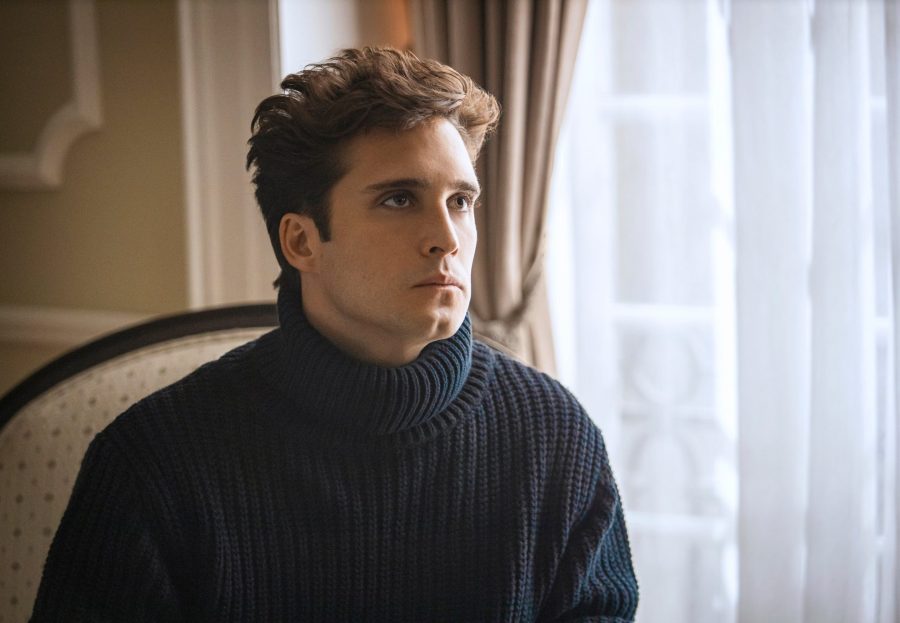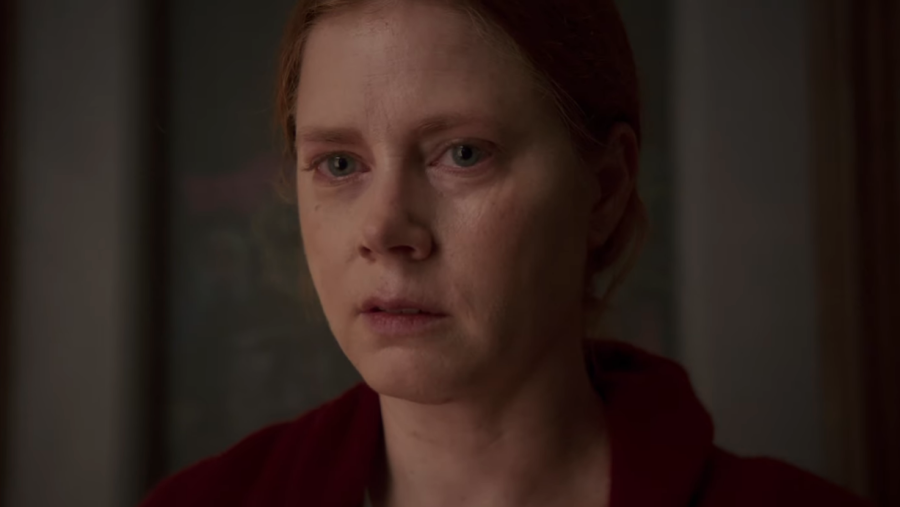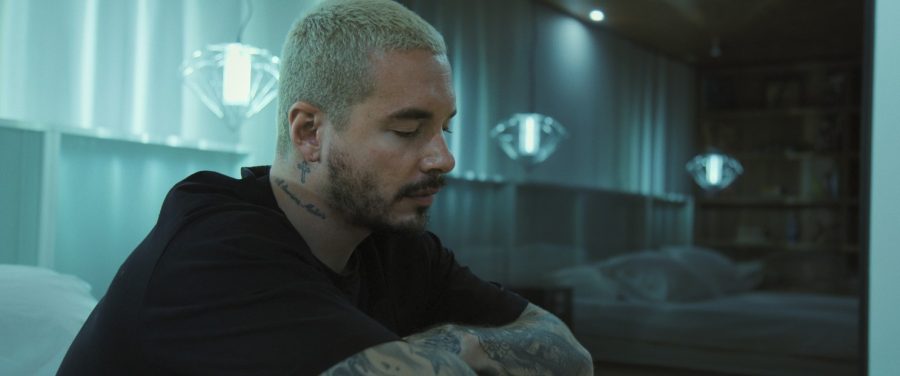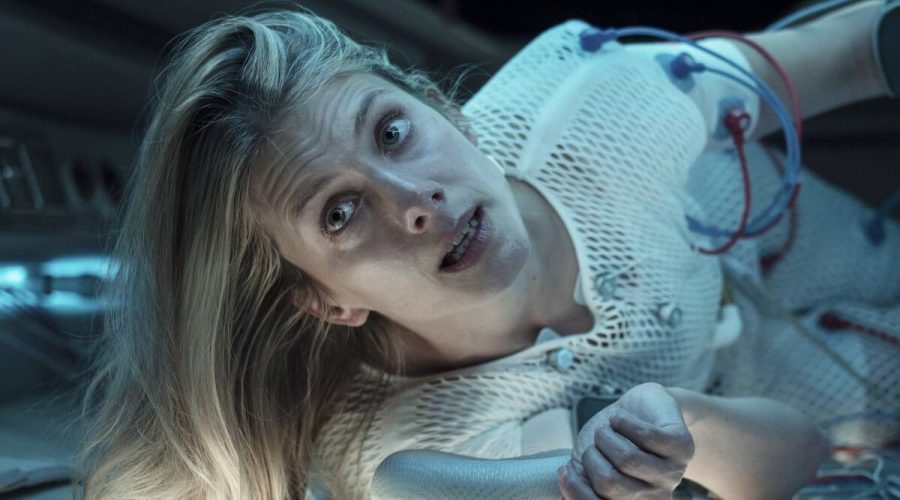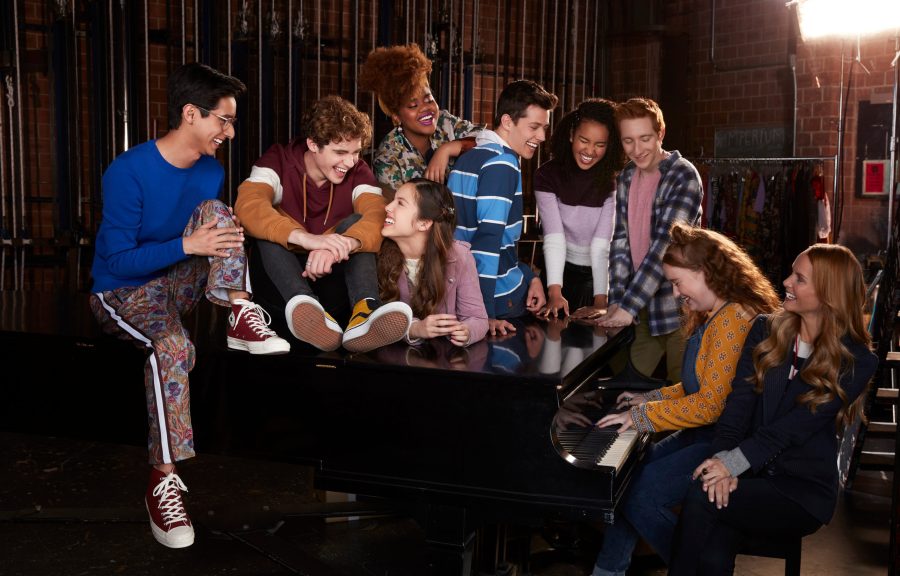The Regency era never looked as good as it does in Netflix’s “Bridgerton.”
“Bridgerton,” based on Julia Quinn’s eight-book Regency romance series, quickly joined many Netflix users’ watchlists upon its December release. The show follows the lives of the eight Bridgerton children and their experiences during their sister Daphne’s (Phoebe Dynevor) first London season as she searches for her perfect husband. “Bridgerton” reinvents the traditional on-screen Regency era depiction with color-blind casting and innovative costuming.
A phenomenal aspect of “Bridgerton” is the eye-catching costuming, the result of five rigorous months spent planning, designing, and tailoring 7,500 pieces of clothing. Costume designer Ellen Mirojnick, known for her costume design from “The Greatest Showman,” set out to make the Regency debutantes of “Bridgerton” mesmerizing to modern audiences. Mirojnick’s long, satin gowns maintain the historical context of the Regency attire, while seductive, plunging scoop necklines appeals to modern audience members, making for a fresh take on Regency television that sets apart this show from similar narratives. For example, the Featheringtons’ wardrobe — floral designs with bright neon colors as backdrops — enhance the dichotomy of historically accurate and avante-garde, seeing as neon only flooded stores in the 1930s. When asked about her inspiration for the “Bridgerton” costume design, Mirojnic told Vogue reporters that “it was about looking at the different silhouettes and shapes while knowing that this had to be aspirational, as opposed to historically accurate.” The imaginative costume design did not hesitate to abandon predictable and historically accurate design patterns, as glamour and allure transcended typical Regency elegance.
Another shocking aspect of “Bridgerton” was how diverse the cast is in a show set in the Regency era plot, a predominantly white genre. When Netflix began production on “Bridgerton,” the intention behind casting was to ignore traditional Regency era roles for BIPOC characters: slaves, servants, or common workers. Color-blind casting into upper class and royalty roles was introduced to expand “Bridgerton” audience reach to BIPOC audiences. Filling the cast, even just a little more than three quarters of the way with BIPOC actors, enables BIPOC audiences to see themselves in the drama of “Bridgerton” in a way they wouldn’t have been able to before. For example, Marina Thomas (Ruby Barker) and Lady Danbury (Adjos Andoh) are two supporting black characters who do not elaborate on how they became upper class members of London society. The show’s lack of overt conversations revolving color or racism placed an emphasis on the characters as people, not BIPOC whose sole identity is tied to their race.
While “Bridgerton’s” color-blind casting is commendable, another point to this must be considered. Ignoring the historical context behind these characters of color led to dry back stories described by simple coded phrases that alluded to their histories, but never actually outlined them. For example, Simon’s father briefly mentions the importance of continuing his line of black nobility as his position was only granted upon the existence of a mixed-race queen who gave him the position. This was the only attempt to address the integration of BIPOC characters into the era, and considering the fleeting nature of this explanation, perhaps “Bridgerton” robbed audiences of a much bigger conversation it could have had along with its statement-making color-blind cast. The writers of “Bridgerton” had the opportunity to explain how these characters came into wealth and fought against their historical precedent to become upper class citizens, however, it was majorly overlooked. One line from Simon’s father does not satisfy these questions that the audience is right to be curious about. Even if just in one scene these questions were answered more thoroughly, their BIPOC characters would become more real — or at least have more backstory — in a Regency era narrative.
Already slotted for a second series renewal, it seems as though the Bridgerton siblings, the other debutantes, and debonair gentlemen in London will be sticking around. Another season hopefully means more development of characters and a better execution of producer intentions.
Grade: B
Created By: Shonda Rhimes and Chris Van Dusen
Starring: Regé-Jean Page, Phoebe Dynevor, Nicola Coughlan, Ruby Barker, Adjos Andoh
Release Date: December 25, 2020
Rated: Rated TV-MA
Image courtesy of NPR.


